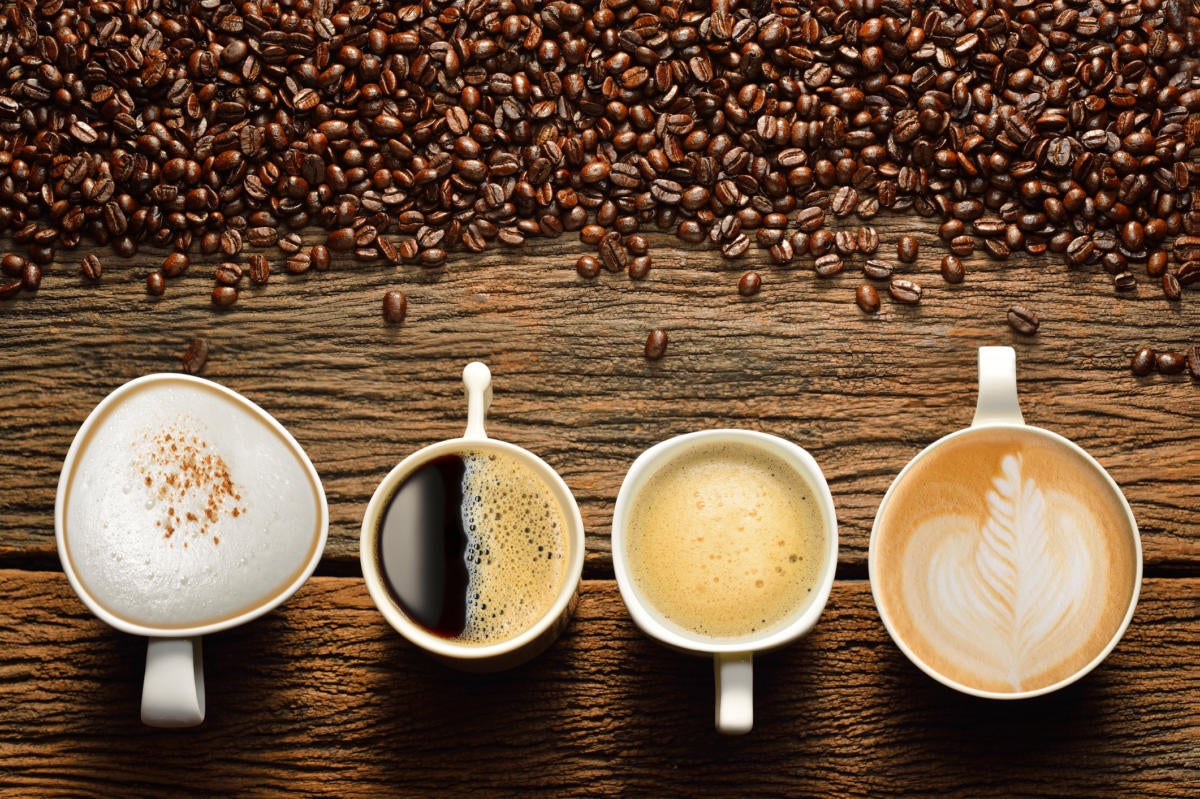
Espresso is the basis for the majority of the coffee and milk based beverages on the menu. The product costs are around 15 cents to make a shot of espresso, and about 35-40 cents to make a cappuccino, mocha or latte ? Obviously, staffing, location and devices include a lot to the cost, but the low consumable costs vs. high market prices are one of the main reasons numerous coffee shops are emerging in towns across America.
Follow the link for the full article https://postheaven.net/gianna/img-src-upload-wikimedia-org-wikipedia-commons-b-b3-coffee_drinks-jpg.
This guide offers the practical info required for you to select the right espresso devices for your home, office, or business. Without a solid knowledge of the various espresso makers, the decision procedure may be confusing and somewhat overwhelming just due to the reality there are many models to choose from. This guide is not very short, but investing the time to read it will considerably enhance your buying experience.
Espresso is just another approach by which coffee is brewed. There are several methods of developing coffee that include making use of a range top coffee maker, percolator, French press (or coffee press), vacuum pot and others. Espresso is brewed in its own unique method.
Espresso is a beverage that is produced by pushing warm water, between 192F and 204F, at high pressures, through a bed of finely ground, compacted coffee. A typical single is approximately 1 to 1.5 ounces of drink, utilizing roughly 7grams (or 1 tablespoon) of ground coffee. A normal double is between 2 and 3 ounces, using double the volume of coffee grounds. The shot is brewed for approximately 25 to 30 seconds, and the very same time applies to both a double or single shot (double baskets are bigger, with more screen area, and the coffee streams much faster - single baskets limit the flow more, resulting in 1.5 ounces in 25-30 seconds).
An espresso device brews coffee pushing pressurized water around boiling point through a "compacted disk" of coffee grounds and a metallic screen in order to yield a syrupy, focused coffee named espresso. The very first device for making espresso was built and patented in 1884 by Angelo Moriondo of Turin, Italy. Check this Twitter Moments collection for an in-depth introduction to the espresso machine.
⚡️ “How to Choose an Espresso Machine” by @coffeeblogger1 https://t.co/sTC6SIx6Yw
— Coffee Lover (@coffeeblogger1) February 28, 2021
The resulting drink, either a single or a double, is topped with a dark golden cream, called crema when brewed effectively. Crema is one of the visual signs of a quality shot of espresso. Drinking an espresso is in itself an art form of sorts. In Italy, where most real espresso is bought in a cafe, it is traditional to lift cup and saucer, smell the shot, and drink it in 3 or 4 rapid gulps. You complete the "event" by clacking the cup back on the dish in a firm but not-too-hard way.
Espresso is confusing because typically, it isn't prepared properly. True espresso, brewed with a pump or piston driven espresso maker is really requiring on the bad coffee bean grinds. Before we get into the relative 'torture' that ground coffee is put through to produce an exceptional espresso, let us take a step back and go over a bit more the mistaken beliefs about the drink.
Espresso is not a type of bean: This is a typical misunderstanding, and incorrect marketing by coffee chains, grocery stores, and even word of mouth give the impression that espresso is a type of bean. Any coffee bean can be used for espresso, from the most common Brazils to the most exotic Konas and Ethiopian Harar coffees.
Espresso is not a type of coffee blend: This one is also a typical misunderstanding, but with some fact to the claim because there are specific blends designed for espresso. The issue is, many people think there is only one type of blend that is matched for espresso. Lots of high quality micro roasters would disagree with this - Roaster Craftsmen the world over work vigilantly on their own version of "the best espresso blend".
Espresso is not a Roast Type: Another popular misunderstanding is that espresso can only be roasted one method (and usually the thought is that espresso needs to be very dark and glistening with oils). The Northern Italian method of roasting for espresso is producing a medium roast, or more commonly understood as a "Full City" roast if you like on the west coast of the USA.
Espresso is the basis for most of the coffee and milk based beverages on the menu. Espresso is a drink that is produced by pressing hot water, between 192F and 204F, at high pressures, through a bed of carefully ground, compacted coffee. True espresso, brewed with a pump or piston driven espresso machine is very requiring on the poor coffee bean grinds. Espresso is not a type of blend: This one is also a typical mistaken belief, but with some truth to the claim in that there are particular blends developed for espresso. Espresso is not a Roast Type: Another popular misconception is that espresso can just be roasted one way (and generally the idea is that espresso should be incredibly dark and glowing with oils).
The full post, and more espresso coffee making content at Coffee-Brewing-Methods.com